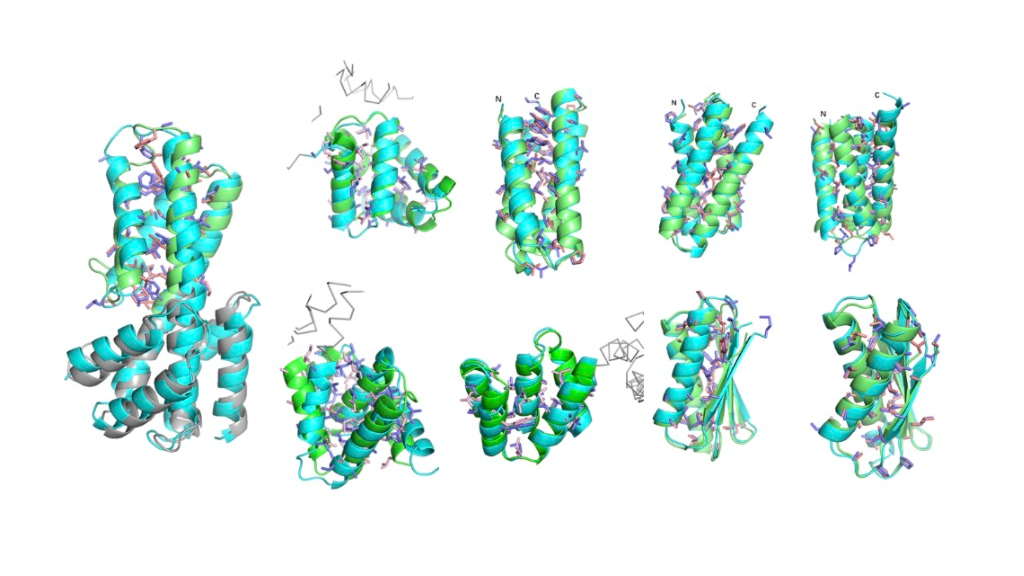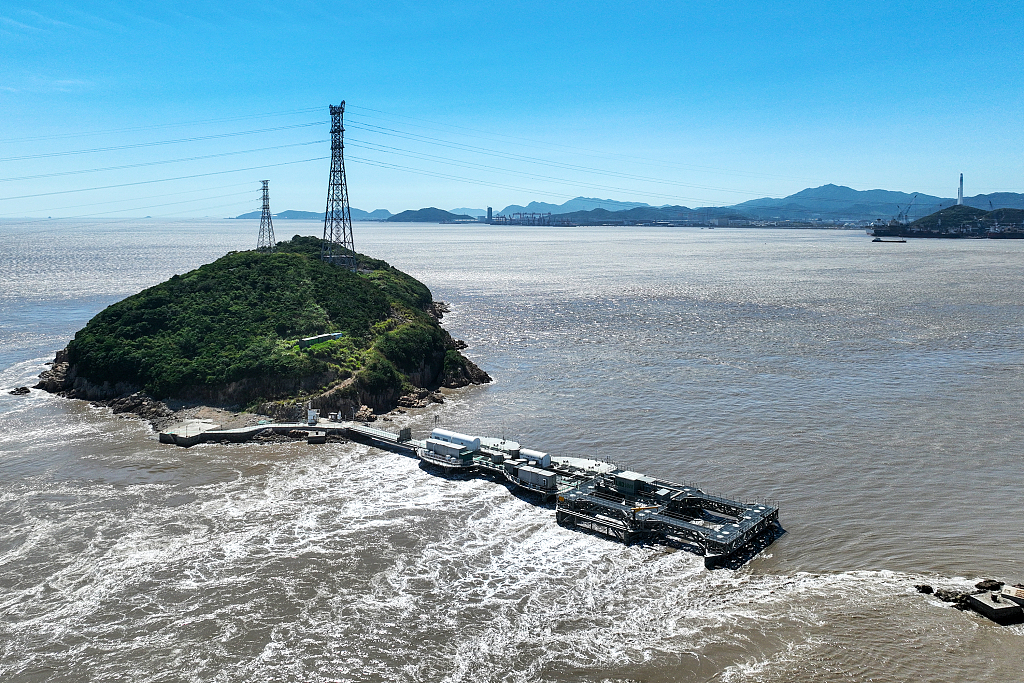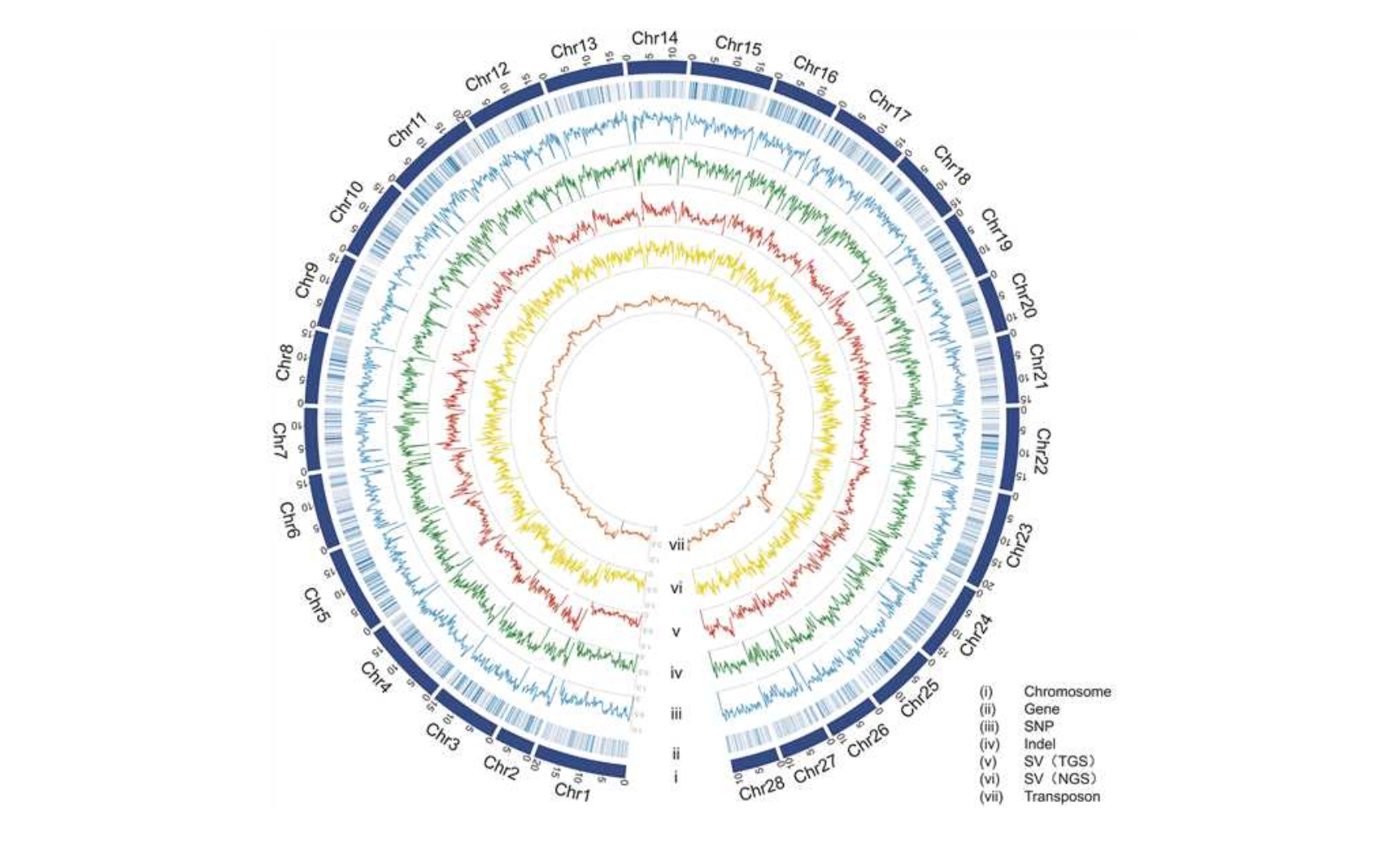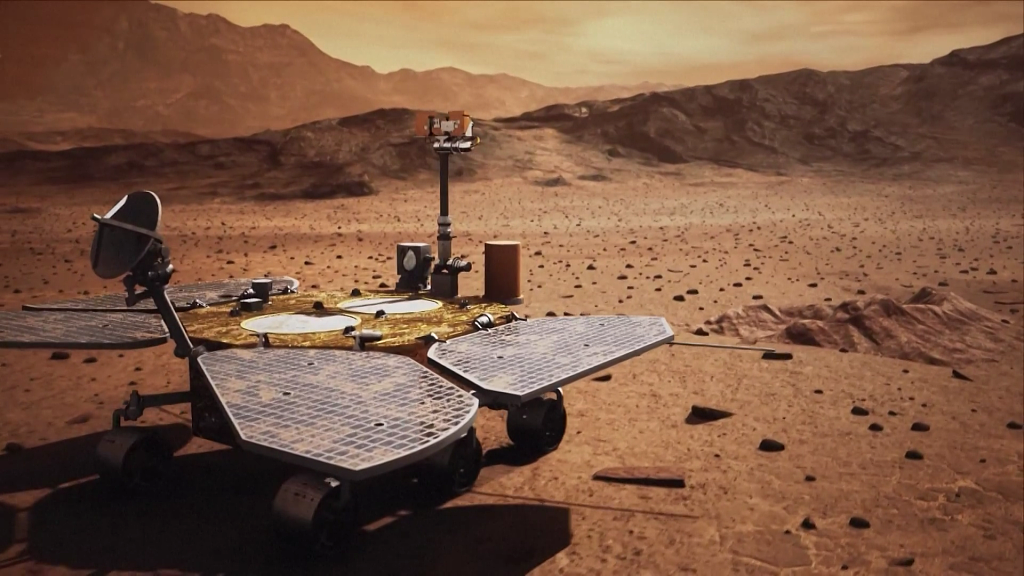China Media Group (CMG) presented the top 10 scientific news stories from China in 2022 on Friday.
With both Wentian and Mengtian lab modules docked with the Tianhe core module, China's space station has formed a T-shaped configuration. The final construction of the space station is now underway and the National Space Lab will soon be put to use.

The basic T-shaped structure of China Space Station is completed. /CFP
The basic T-shaped structure of China Space Station is completed. /CFP
During the Beijing 2022 Winter Olympics, tech elements that were integrated into the sports venues, infrastructure and transportation have gained considerable public attention.
CMG also supported the event's broadcasting with cutting-edge technologies, including Ultra HD 4K Orbital Camera System "Cheetah."

The opening ceremony of the 2022 Winter Olympic Games at the Beijing National Stadium in Beijing, February 4, 2022. /CFP
The opening ceremony of the 2022 Winter Olympic Games at the Beijing National Stadium in Beijing, February 4, 2022. /CFP
Chinese scientists have created a new de novo protein design method named SCUBA (Side Chain-Unknown Backbone Arrangement), constituting an innovation of the bottom technology of protein design.
The research team from the University of Science and Technology of China (USTC), generated SCUBA by adopting a data-driven strategy, and laid a solid foundation for the future design of functional proteins for industrial catalysis, biomaterials and biomedical uses.

High-resolution crystal structure of the de novo protein (sky blue) compared with a design model (green). /USTC
High-resolution crystal structure of the de novo protein (sky blue) compared with a design model (green). /USTC
In February, China launched the world's largest single-capacity tidal current energy generating unit on Xiushan Island, Zhoushan, Zhejiang Province. The unit weighs 325 tonnes and is designed to generate power of 2 million kWh annually, expected to reduce carbon dioxide emissions by 1,994 tonnes per year.

The world's largest single-capacity tidal current energy generating unit on Xiushan Island, Zhoushan, east China's Zhejiang Province, August 14, 2022. /CFP
The world's largest single-capacity tidal current energy generating unit on Xiushan Island, Zhoushan, east China's Zhejiang Province, August 14, 2022. /CFP
In May, an expedition team from China set up the highest automatic weather station on Mount Qomolangma at an altitude of 8,830 meters above sea level. Powered by solar panels, the station is designed to last for two years under harsh weather conditions and is equipped with a satellite communications system for data transmission every 12 minutes.

A Chinese expedition team is setting up a meteorological monitoring station on Mount Qomolangma, May 4, 2022. /Xinhua
A Chinese expedition team is setting up a meteorological monitoring station on Mount Qomolangma, May 4, 2022. /Xinhua
Chinese scientists has mapped the world's first super pan-genome map of the silkworm. The project by the State Key Laboratory of Silkworm Genome Biology at Southwest University will enable silkworm science to enter the information age and has driven the genetic design and breeding of silkworms.

A super pan-genome map of the silkworm. /State Key Laboratory of Silkworm Genome Biology
A super pan-genome map of the silkworm. /State Key Laboratory of Silkworm Genome Biology
By studying two collections of fish fossils found in southwest China, dating back to around 439 to 436 million years, Chinese researchers made major breakthroughs in studying how humans evolved from fish.

A researcher is displaying an ancient fish fossil in Beijing, September 28, 2022. /CFP
A researcher is displaying an ancient fish fossil in Beijing, September 28, 2022. /CFP
Chinese scientists have discovered a brand new mineral – Changesite-(Y) – in the moon samples brought back by Chang'e-5 lunar probe in December 2020. The Changesite-(Y) is the first new lunar mineral found and identified by China, and the sixth new lunar mineral known so far. Its discovery makes China the third country in the world to have found a new lunar mineral.

China discovers a new lunar mineral, which is named Changesite-(Y). /Beijing Research Institute of Uranium Geology
China discovers a new lunar mineral, which is named Changesite-(Y). /Beijing Research Institute of Uranium Geology
In October, China launched its first comprehensive solar probe, the Advanced Space-based Solar Observatory (ASO-S). The probe will simultaneously monitor solar flares, coronal mass ejections and the sun's magnetic field, and will share data to anyone for free.

A hard X-ray image of sun obtained by the ASO-S. /CFP
A hard X-ray image of sun obtained by the ASO-S. /CFP
China's Mars rover Zhurong has found there is a large impact basin on Mars contained liquid water during the Amazonian epoch, the planet's most recent geologic epoch. It also found there are currently considerable stores of water in the form of hydrated minerals and possibly ground ice in this site.

An animation display of the Zhurong rover walking on the surface of Mars. /China National Space Administration via CFP
An animation display of the Zhurong rover walking on the surface of Mars. /China National Space Administration via CFP